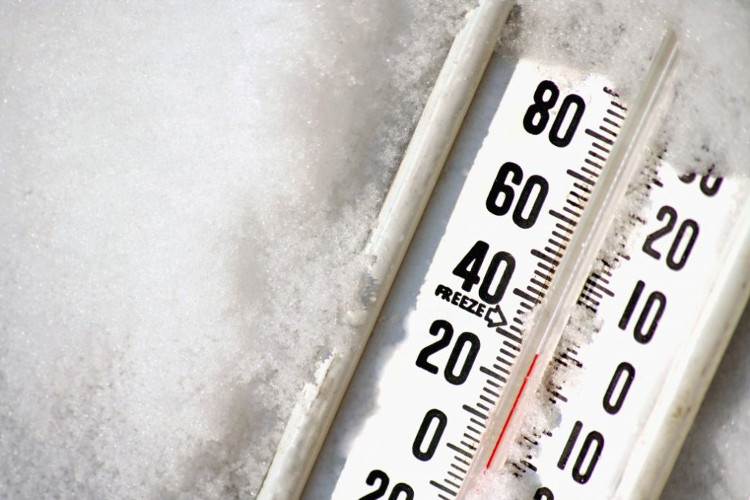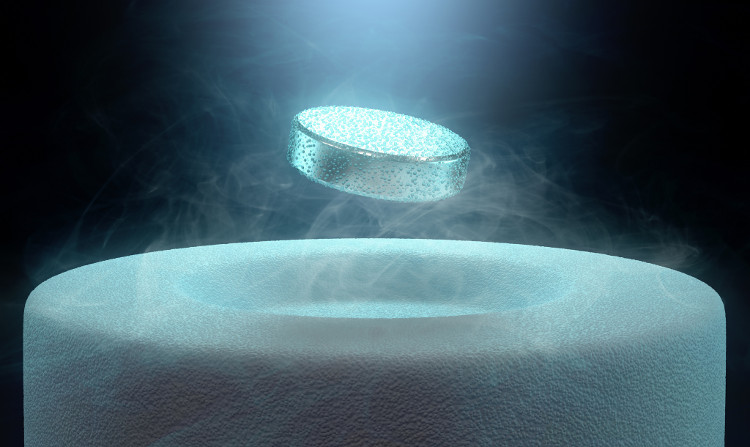Found a way to make the material 10,000 times colder than the space
How to reduce the temperature of something that has reached a superconducting state? Of course you have to break the laws of physics! For the first time, physicists were able to lower the temperature of an object below the lowest temperature known as the "quantum limit."
They did this when bringing the temperature of a drum to microscale down to 360 micro-kelvin (10,000 times colder than space). This can be said to be the coldest temperature that people know.

For the first time, physicists were able to lower the temperature of an object below the lowest temperature known as the "quantum limit."
The head of the project, John Teufel from the US National Institute of Standards and Technology in Colorado, said: "This is a colder temperature than anywhere in nature and in the universe." Another researcher, Jose Aumentado, said in the announcement: "The results for experts are absolutely a surprise."
This microscope is made of an aluminum diaphragm. After lowering the temperature, the energy in this drum is less than a fifth of the energy in a quantum particle (the energy of a photon) - researchers have found a way to break the laws of physics.

This microscope is made of an aluminum diaphragm.
The team concluded that the technique could theoretically bring the temperature of all objects to the lowest, when all matter stopped moving and contained no energy. Often a laser can slow down the movement of atoms causing a decrease in thermodynamic vibration and temperature of matter. However, with this new method of using "compressed" light, molecules can become much "cooler" .
Light in compressed form is a more organized method and can reduce quantum noise. This quantum encryption method has been applied in many applications but this is the first time it has been applied to material cooling and has such amazing results. Originally, quantum noise was used to determine quantum limits when chilling material, but now this is no longer true.

The experimental drum is 20 micro-meters in diameter and 100 nanometers thick, welded on a superconducting circuit.
This new step could lead to the emergence of superconducting electronic components in the future. The experimental drum is 20 micro-meters in diameter and 100 nanometers thick, welded on a superconducting circuit. The lower the temperature, the faster and more accurate this circuit will be.
According to Teufel, Quantum Noise creates unexpected thermal vibrations when you are trying to cool the object. The more cold, the more sensitive the sensors are, the longer the information stored. If placed in a quantum computer, the machine can operate more accurately.
This discovery is stirring up the field of quantum physics. With science, what is today fiction turned out to be just the beginning. The study was published in Nature.
- Will Europe be colder?
- Hardwoods like steel can prevent bullets
- China makes super durable materials for
- Why does the risk of dying from stroke increase 20 times in the second day?
- New technology to make bicycles from nylon
- The electron in Graphene has 100 times the speed of electrons in silicon
- Found a kind of material that can trap toxic emissions in the air
- New technology for extracting lignin from plants
- Detect extremely bright stars in the sky
- Women's hands are colder than men's hands
- Eistein is right, neutron stars make space-time twists
- New material that cleans radioactive effects of cancer
 'Fine laughs' - Scary and painful torture in ancient times
'Fine laughs' - Scary and painful torture in ancient times The sequence of numbers 142857 of the Egyptian pyramids is known as the strangest number in the world - Why?
The sequence of numbers 142857 of the Egyptian pyramids is known as the strangest number in the world - Why? History of the iron
History of the iron What is alum?
What is alum?